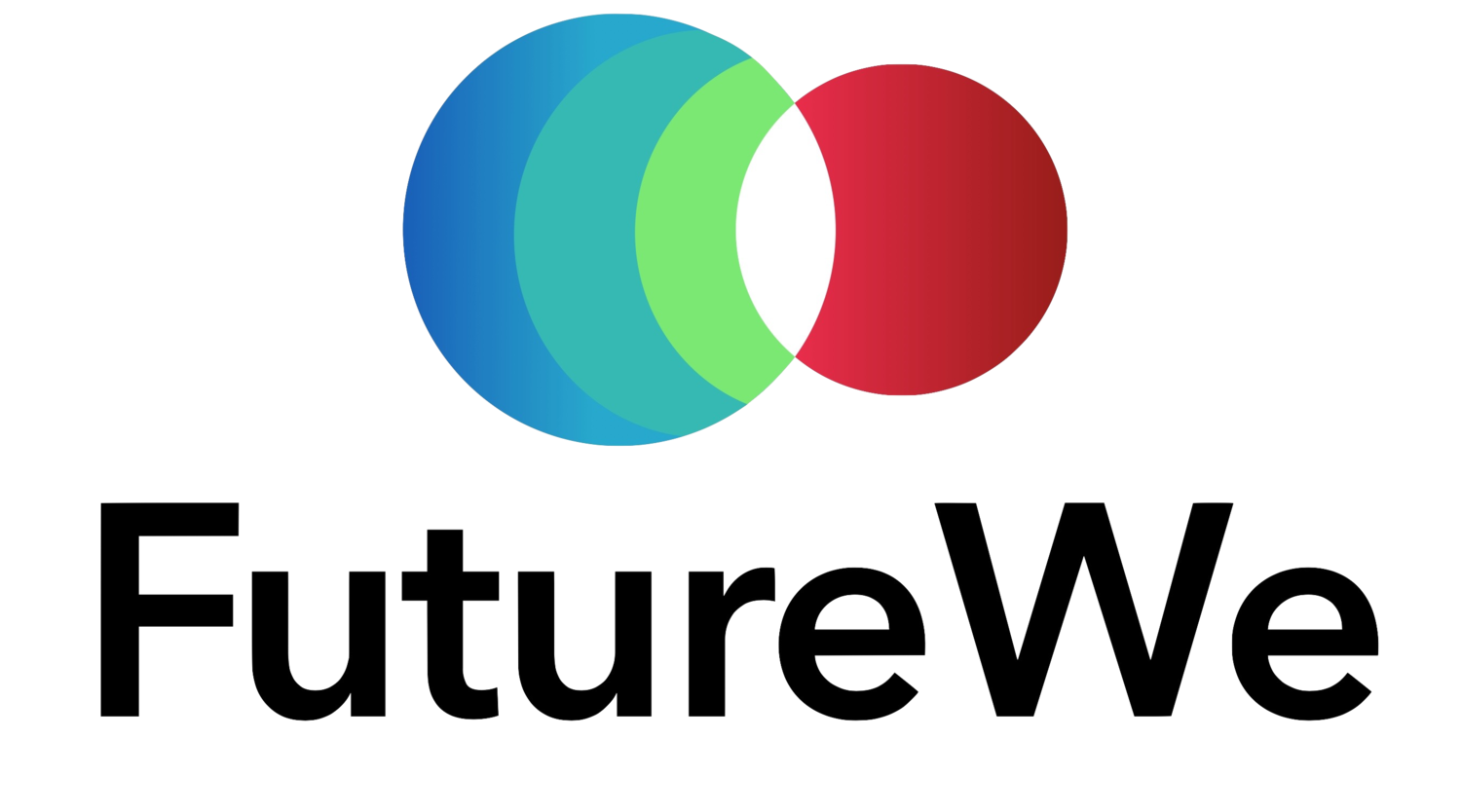Future-U manifesto part1
Going into space is something that humans have dreamt of and written about for centuries. And, thanks to factors like engineering ingenuity and the way newly miniaturised transistors could help calculate the required orbital mechanics, this dream was finally achieved by Cosmonaut Yuri Gagarin in 1961.
Since Gagarin, programs like Apollo, Mir, Space Shuttles, the International Space Station and Tiangong have seen 0.000076% of people alive leave Earth. These approx. 550 women and men have been formally studied for changes that their time in space have caused such as the effect of low gravity on muscles and bone density — but one of the most fascinating impacts of being in orbit has been how it changes astronauts mindsets and world-views. This phenomenon, dubbed the ‘Overview Effect’ by Frank White in 1985, refers to the effect that viewing our planet and sole home from the distance of orbit has had on those who have witnessed it. View the official documentary here.
More recently, Astronaut Chris Hadfield, author of ‘An Astronaut’s Guide to Life on Earth’ and poster of this prolific series of Twitter images from space has added to the reports of previous generations:
“We live on this little bit of cooled crust, and this little sliver of air, and we think it’s guaranteed. We think we’re invincible right, and we think the whole universe is here to serve us. And we’re like bacteria in a corner, just found a little niche that’ll support our life” — Chris Hadfield, 2013, JRE.
So, if we were looking down at our pale blue dot home right now, what would we see? It’s probable that with just such a big-picture perspective, we would see a planet undergoing massive transitions in technology, work, and society, the effects of which are showing in increased social and political instability particularly as many jobs that have been mainstays since the previous Industrial revolution of the 1800’s begin to disappear. The technologies involved in this transition are many, but the majority can be roughly organised into three meta or overall categories of Automation, Augmentation and Expansion. These categories will be covered in detail in ‘Intro to FUTURE-U’ parts 2–5, but overall refer to:
Automation: A.I., bots, Machine Learning, driverless cars, internet of things, robotics. Augmentation: VR, AR, mixed reality, tele-work & play, exo-skeletons, bio-tech, genome-editing, implants. Expansion: low-cost renewable energy, reduction of Earth-limits, Space mining and factories, off-earth living.
Many across the globe are of course aware of these developments and their effects and symptoms, but are not putting all the pieces together in an ‘Overview Effect’ -enough of a way that could allows us to think beyond today to plan for a successful future where soon many humans may be seeing Earth not just from near-space, but from Mars and beyond.
QUESTION: If we were mission control and could build an organisation to lead the next phase of work and education into a thriving future, what would it look like? Future-U.org is designed to answer just this question. Look out for more articles laying out the what, how and why in coming weeks.

